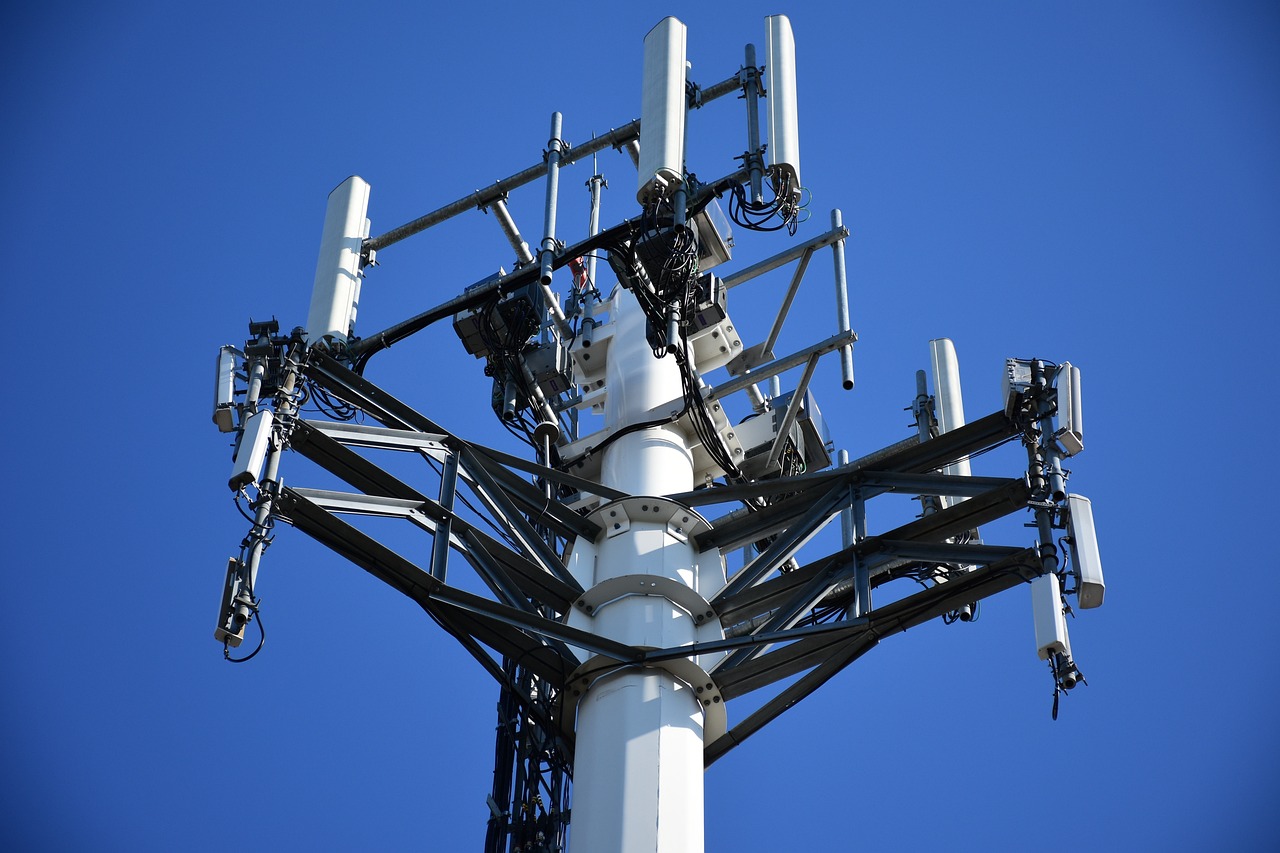The Role of Tech in Wildlife Crime Investigation
Digital forensic tools play a crucial role in investigating wildlife crimes by analyzing digital evidence such as emails, photos, and GPS data. These tools can provide valuable insights into the activities of wildlife traffickers, helping law enforcement agencies to identify key individuals involved in these illegal operations. By examining digital footprints left behind by criminals, investigators can track the movement of wildlife products and gather evidence to support legal actions.
Moreover, digital forensic tools enable law enforcement agencies to collaborate with international partners in combating wildlife crime. Through the sharing of digital evidence and intelligence, authorities can work together to dismantle transnational criminal networks involved in wildlife trafficking. This coordinated effort is essential for addressing the global nature of wildlife crime and ensuring that perpetrators are held accountable for their actions.
Advancements in GPS Tracking Technology for Monitoring Wildlife Trafficking
Wildlife trafficking is a pervasive issue that demands innovative solutions for effective monitoring and combat. The recent advancements in GPS tracking technology have revolutionized the way wildlife crime investigations are conducted. By utilizing GPS tracking devices, law enforcement agencies and conservationists can gain real-time insights into the movements of trafficked animals, enabling them to track and intercept illegal activities more efficiently.
These sophisticated GPS tracking tools not only assist in locating and rescuing endangered wildlife but also provide crucial data for understanding trafficking routes and networks. By analyzing the collected GPS data, authorities can identify key players in the illegal wildlife trade, gather evidence for prosecutions, and ultimately disrupt the criminal syndicates involved in this illicit practice. The integration of GPS tracking technology into wildlife monitoring efforts marks a significant step forward in the fight against wildlife trafficking, offering a powerful tool to protect vulnerable species and preserve biodiversity.
What role do digital forensic tools play in wildlife crime investigation?
Digital forensic tools play a crucial role in wildlife crime investigation by providing valuable data and evidence that can be used to track and prosecute wildlife traffickers.
How have advancements in GPS tracking technology helped in monitoring wildlife trafficking?
Advancements in GPS tracking technology have enabled conservationists and law enforcement agencies to track the movements of wildlife and identify potential trafficking hotspots, leading to more effective monitoring and prevention of wildlife trafficking activities.
Can GPS tracking technology help in the rescue of trafficked wildlife?
Yes, GPS tracking technology can help in the rescue of trafficked wildlife by providing real-time location data that can be used to locate and rescue animals that have been illegally trafficked.
How can individuals contribute to the fight against wildlife trafficking using GPS tracking technology?
Individuals can contribute to the fight against wildlife trafficking by supporting organizations that use GPS tracking technology for monitoring wildlife populations, reporting suspicious activities, and raising awareness about the importance of protecting endangered species.
What are some challenges in using GPS tracking technology for monitoring wildlife trafficking?
Some challenges in using GPS tracking technology for monitoring wildlife trafficking include the high cost of equipment and maintenance, limited battery life of tracking devices, and the need for strong network connectivity in remote areas.





